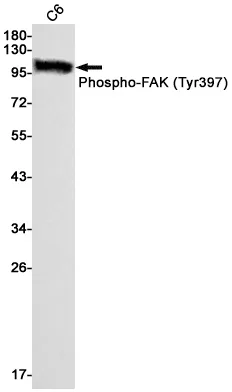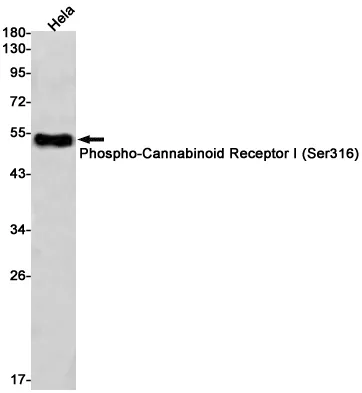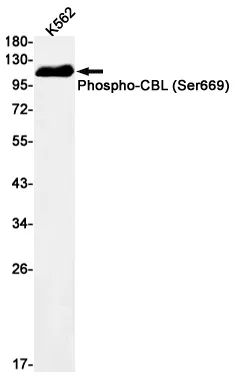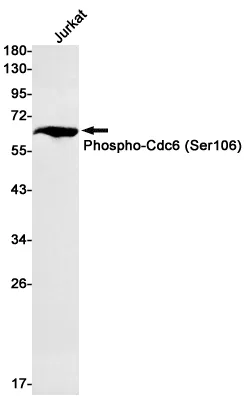Summary
Performance
Immunogen
Application
Background
SHIP an SH2-containing inositol phosphatase. A hemopoietic-specific phosphatase that regulates cell survival, growth, cell cycle arrest and apoptosis. Hydrolyzes Ins(1,3,4,5)P4 and PtdIns(3,4,5)P3. A cytosolic protein with a SH2 domain in its N-terminus and two NPXY Shc binding motifs at its C-terminus. Phosphatidylinositol (PtdIns) phosphatase that specifically hydrolyzes the 5-phosphate of phosphatidylinositol-3,4,5-trisphosphate (PtdIns(3,4,5)P3) to produce PtdIns(3,4)P2, thereby negatively regulating the PI3K (phosphoinositide 3-kinase) pathways (PubMed:8723348, PubMed:10764818, PubMed:8769125). Able also to hydrolyzes the 5-phosphate of phosphatidylinositol-4,5-bisphosphate (PtdIns(4,5)P3) and inositol 1,3,4,5-tetrakisphosphate (PubMed:9108392, PubMed:10764818, PubMed:8769125). Acts as a negative regulator of B- cell antigen receptor signaling. Mediates signaling from the FC-gamma- RIIB receptor (FCGR2B), playing a central role in terminating signal transduction from activating immune/hematopoietic cell receptor systems. Acts as a negative regulator of myeloid cell proliferation/survival and chemotaxis, mast cell degranulation, immune cells homeostasis, integrin alpha-IIb/beta-3 signaling in platelets and JNK signaling in B-cells. Regulates proliferation of osteoclast precursors, macrophage programming, phagocytosis and activation and is required for endotoxin tolerance. Involved in the control of cell-cell junctions, CD32a signaling in neutrophils and modulation of EGF-induced phospholipase C activity (PubMed:16682172). Key regulator of neutrophil migration, by governing the formation of the leading edge and polarization required for chemotaxis. Modulates FCGR3/CD16-mediated cytotoxicity in NK cells. Mediates the activin/TGF-beta-induced apoptosis through its Smad-dependent expression.






